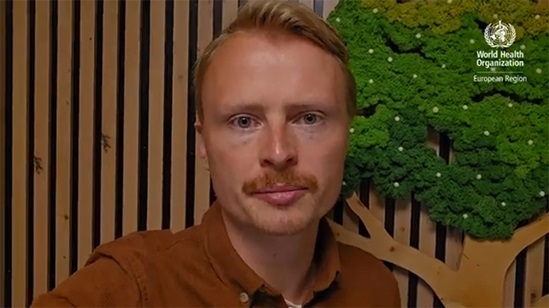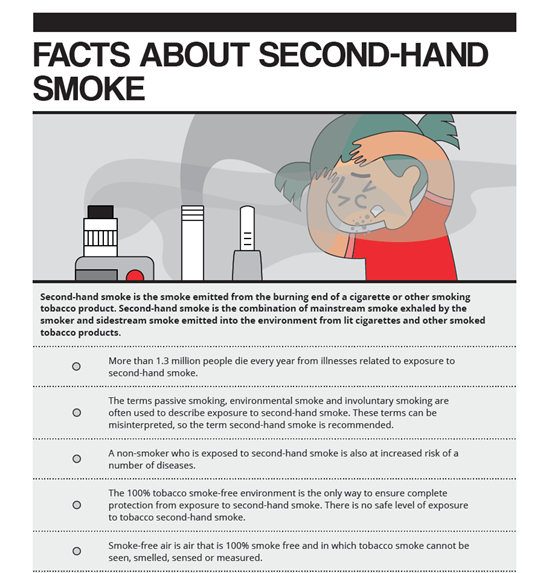Tobacco
Tobacco is an important public health issue and the single most preventable cause of illness and death in the world. The latest research suggests that smoking-related mortality has risen to 7.2 million lives annually, killing more people than AIDS, malaria and tuberculosis combined.
Globally, the WHO European Region has the highest prevalence of tobacco smoking among adults (28%), including one of the highest smoking prevalence rates among women (19%). In addition to causing illness and death, tobacco is a driver of health inequities.
The European Region and its 53 Member States have witnessed some of the greatest gains in the fight against tobacco in recent years. For instance:
- Fifty (94%) countries of the Region have ratified the WHO FCTC.
- Large graphic health warnings on tobacco products are now in place in 32 (60%) countries.
- Tobacco use is well and regularly monitored in 39 (74%) countries.
- Tobacco taxes are at 75% or more of the retail price of a packet of cigarette in 25 (47%) countries of the Region.
The progress made shows that it is possible for countries to turn the tide. But while much has been achieved, the current trends still suggest that tobacco use is not decreasing as quickly as it should to meet the globally agreed targets, such as a 30% relative reduction in the prevalence of current tobacco use by 2025. Full implementation of the WHO FCTC and other relevant tobacco control measures in the Region, through the Roadmap of Actions, will help to achieve the set targets and ensure that no country is left behind.











